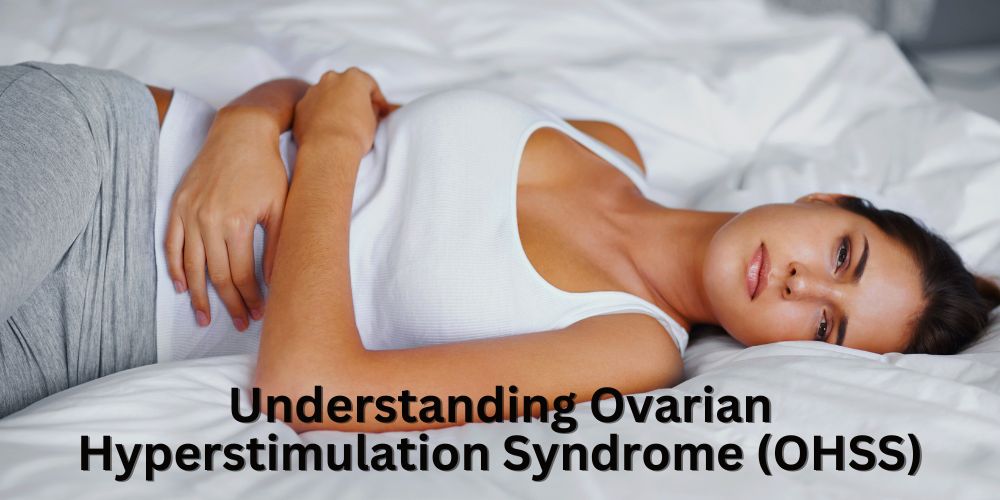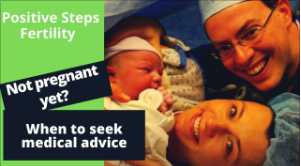By Dr. Preston Parry
OHSS: Let’s start with the basics.
#1 What is Ovarian Hyperstimulation Syndrome (OHSS)
A common question that many people ask is, “What is OHSS?” OHSS stands for ovarian hyperstimulation syndrome. This condition often arises during fertility treatments like in vitro fertilization (IVF), where the ovaries are stimulated to produce more eggs than usual.
#2 Egg Development and Loss During IVF Treatments
On average, a woman ovulates one egg per month. However, in reality, the ovaries develop many more eggs than just the one that gets ovulated. Each month, around 900 eggs start the process, but typically, only one egg matures and is ovulated, while the rest dissolve. This translates to approximately 30 eggs being developed and then lost per day. During IVF, the stimulation process rescues some of these eggs, preventing them from dissolving.
#3 Aggressive Stimulation and Its Effects
When fertility treatments are aggressive, they stimulate the ovaries to produce more eggs. The more eggs you have, the more bloated you may feel. To put it in perspective, if you feel bloated from losing one egg in a month, imagine the bloating from rescuing five or even twenty-five eggs. This aggressive stimulation can cause the large eggs to leak fluid, leading to bloating.
#4 Managing OHSS Symptoms
For most people, if they produce between 10 to 20 eggs, the bloating isn’t too severe. However, when people are more aggressive with their IVF treatments and produce 20, 25, 30, or even more eggs, the bloating can become significant. This is where management becomes crucial.
#5 What are the Symptoms of Ovarian Hyperstimulation?
Symptoms of OHSS can range from mild to severe. Mild symptoms include bloating, mild abdominal pain, and nausea. In moderate cases, the symptoms can escalate to more significant abdominal pain, vomiting, and diarrhea. Severe OHSS can result in rapid weight gain, severe abdominal pain, shortness of breath, and decreased urine output. It’s essential to monitor these symptoms closely and seek medical advice if they worsen.
#6 How Long Does Hyperstimulation Last?
The duration of OHSS varies depending on the severity of the condition. Mild cases of OHSS typically resolve within a week or two without the need for extensive medical intervention. However, more severe cases can last longer and may require hospitalization and medical treatment to manage symptoms and prevent complications. It’s crucial to follow your healthcare provider’s advice and attend all follow-up appointments to ensure proper management of the condition.
#7 How Long After Egg Retrieval Can You Get OHSS?
OHSS can develop soon after egg retrieval, often within a few days. Symptoms can start to appear as early as three to five days post-retrieval and can continue to develop for up to two weeks. The timing and severity of symptoms can vary among individuals. Close monitoring during this period is essential to catch any signs of OHSS early and manage them effectively.
#8 Who is at Risk for OHSS?
Certain factors increase the risk of developing OHSS. Women who undergo aggressive ovarian stimulation protocols, those with polycystic ovary syndrome (PCOS), and individuals who produce a high number of eggs during IVF are at higher risk. Additionally, younger women and those with a high level of estrogen in response to fertility drugs are more susceptible. It’s important to discuss your individual risk factors with your healthcare provider and follow their recommendations to minimize the risk.
#9 Key Strategies for Managing OHSS
- Hydration: Staying hydrated is essential to manage the symptoms of OHSS. Proper hydration helps to balance fluids and reduce bloating.
- Coordination with Healthcare Providers: It is vital to coordinate closely with your healthcare provider. This ensures that any complications, such as issues with salt balance, urine production, or even lung function, are promptly addressed.
- Close Follow-up: Regular follow-ups with your healthcare provider are key to keeping you safe and managing the symptoms effectively. While OHSS is common, the degree of its severity can vary, with some cases being much more rare and severe than others.
Conclusion
OHSS is a common condition associated with fertility treatments, particularly IVF. Understanding the symptoms and the importance of hydration, close coordination with healthcare providers, and regular follow-ups can help manage this condition effectively. By doing so, individuals undergoing fertility treatments can ensure their safety and well-being throughout the process.
Questions? Let’s talk and get you the answers you need.
Stay connected with us on social media. Follow us on Facebook, Instagram, Twitter, and YouTube.




